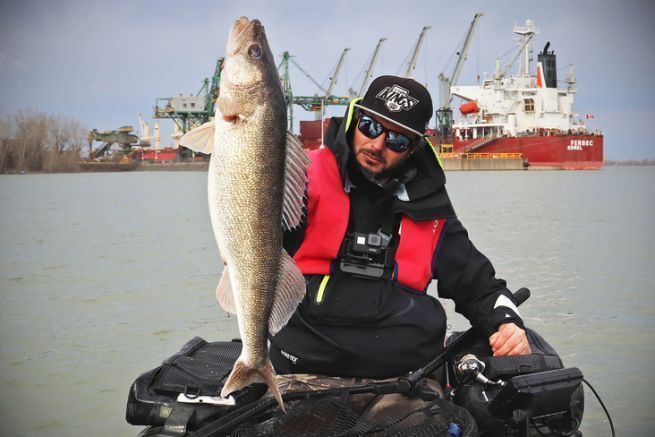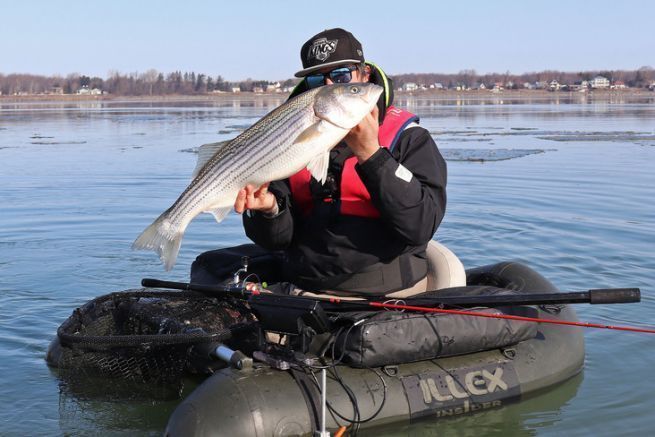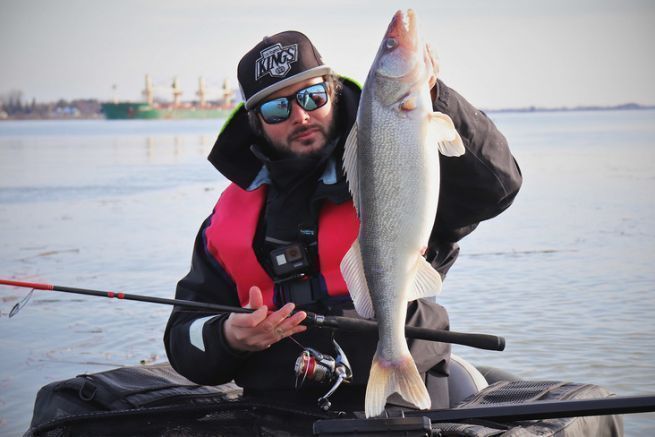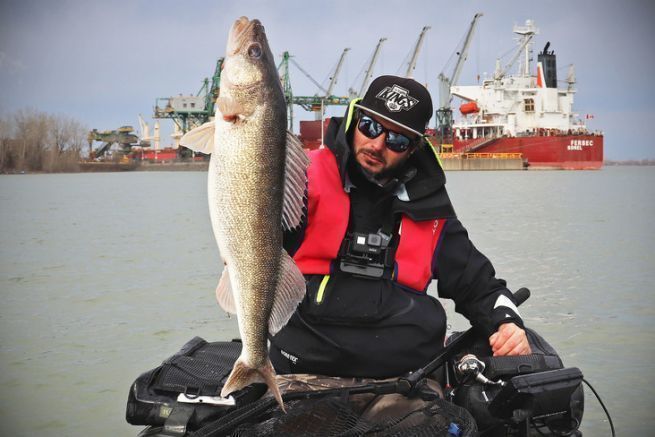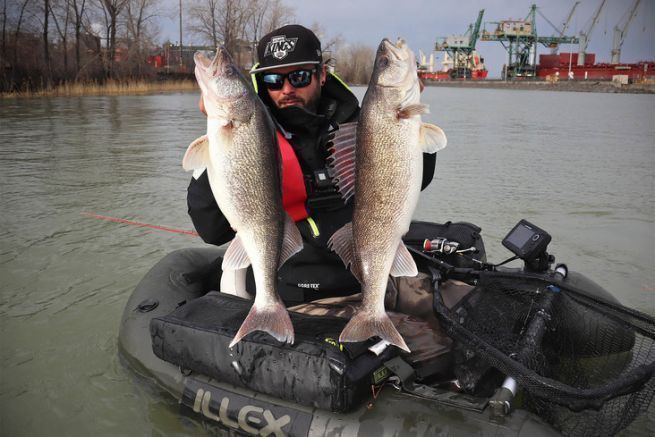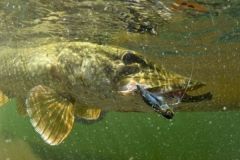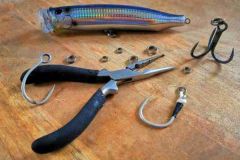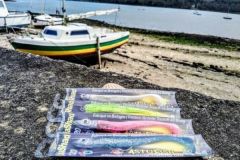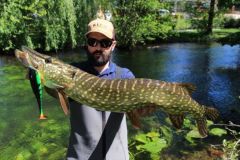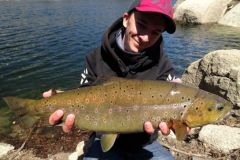1 - Promote a moderate fast action cane
To fish for pike perch or walleye, both vertically and linearly, the use of braid for its ability to transcribe live what is happening underwater is completely justified. However, to reduce the lack of elasticity of the braid, it is better to use a rod with an intermediate action because a rod that is too stiff will cause more misses.
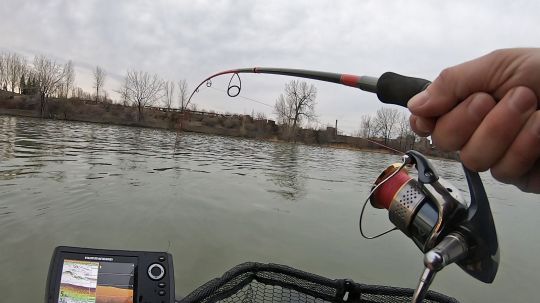
2 - Adjust the reel brake
During my last session, I lost a few nice fish, because of my fault, because my reel brake was too tight. This is an opportunity to review the importance of adjusting the brake of your reel when fishing for fish with fragile parts of their mouth, especially the membranes connecting the different jaws, such as walleye, pike perch or perch. A blow of the head or a change of direction can be enough for the hook to come out of its housing. To accompany and compensate for the lack of elasticity of the braid, it is best to barely tighten the drag so that it acts a bit like a rubber band by giving thread at the slightest rush. Sometimes, we have the impression of not bringing back any line and of grinding in the void but it is indeed the best way to proceed to limit the risk of unhooking and to guarantee the integrity of our catches.
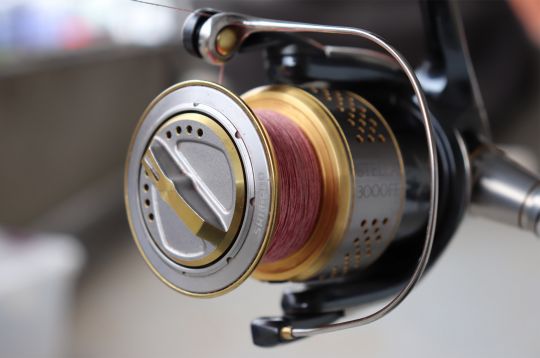
3 - Use a float-tube net
The landing net is a tool that I find indispensable, no matter what species you are looking for. When the fish finally appears on the surface of the water, you don't waste time wondering where to catch it, you just slip it into the net, no risk of dropping it at the last second. Moreover, the landing net avoids handling and allows to keep the fish in its element. In float-tube, placed on a leg, it is not disturbing and it brings you much more than the space it takes. Concerning its choice, I advise to take models with a handle of 80cm to 1m rather than "special float-tube" landing nets which often have a handle much too short which obliges to make our fishing rod take too dangerous angles.
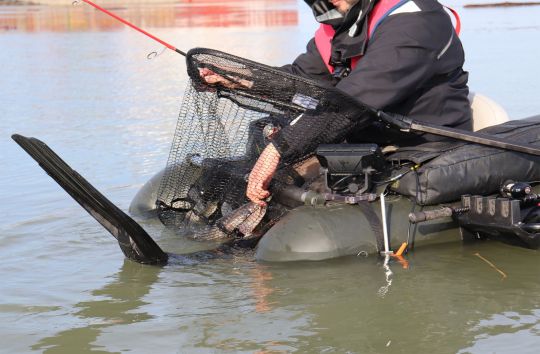
These three points, which may seem like details, will really help you maximize your chances of seeing your trophy fish posing for a souvenir photo.
